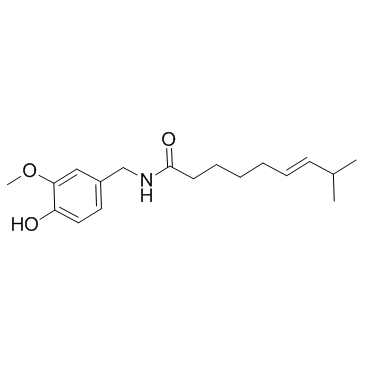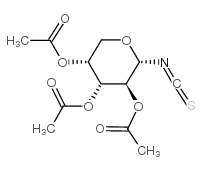| Structure | Name/CAS No. | Articles |
|---|---|---|
 |
capsaicin
CAS:404-86-4 |
|
 |
2,3,4-tri-o-acetyl-alpha-d-arabinopyranosyl isothiocyanate
CAS:62414-75-9 |